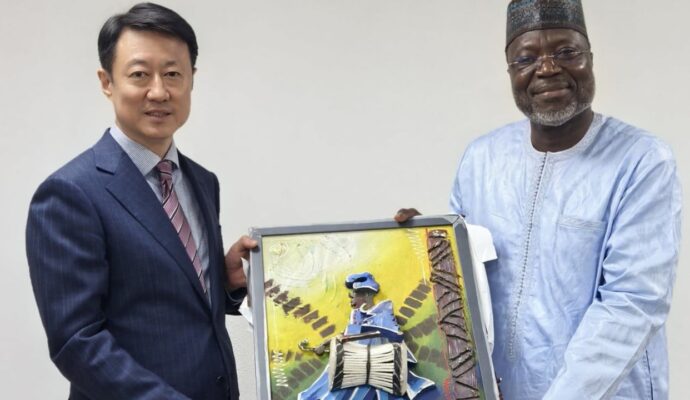He also called for “optimising the mechanism to defuse risks and hidden dangers”, and to incorporate “anti-terrorism and anti-secession” work into the region’s pro-stability policies.
He said efforts to “Sinicise” Islam and “effectively manage all kinds of illegal religious activities” should be deepened, and officials should make it their priority to promote the “unity of the identity of the Chinese nationality” in all policies and laws.
Xi detailed his economic objectives for Xinjiang, calling for innovation in science and technology and the modernisation of industries such as agriculture and solar energy.
He said the “standard Chinese language” would continue to be taught and promoted. He also called for an increase in the flow of workers in and out of the region.
Xi said there should be “positive promotion” of Xinjiang to curb “false, negative and harmful” rhetoric about the region. He added that Xinjiang’s tourism industry should be expanded “to encourage tourists from both inside and outside the country to visit the region”.
“The strategic position of Xinjiang in the entire development of the country must be tightly held,” Xi said.
Chinese President Xi Jinping has called for greater efforts to “Sinicise” Islam and manage “illegal religious activities” in Xinjiang Uygur autonomous region. Photo: AFP
Western countries and human rights groups have accused Beijing of demolishing mosques and detaining at least 1 million Uygurs and members of other Muslim ethnic minority groups in internment camps.
However, Beijing says the centres are for “vocational training” to eradicate “terrorism, separatism and religious extremism”. The government has defended the success of its efforts to increase stability and reduce poverty in the region.
Xi was last seen in Xinjiang during a two-day visit in July last year, his first trip to the region in eight years.
During the trip, he reportedly made several stops at sites including a resident’s home, a museum, a land port and Xinjiang University.
While there, he emphasised long-term stability, “economic development of a high quality” and the transformation of the region into a gateway to Central Asia and Europe.

